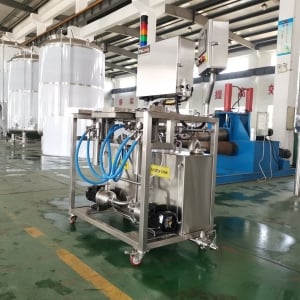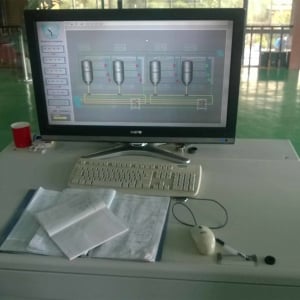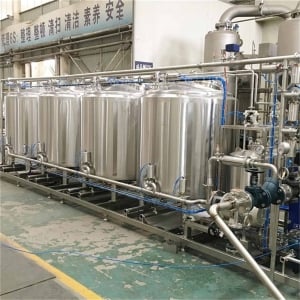Cheap Brewing Equipment
Brewing your own beer is an incredible hobby that allows you to experiment with flavors, styles, and methods to create something truly unique. While many people think that homebrewing is an expensive pursuit, it’s entirely possible to get started with cheap brewing equipment without sacrificing quality. Whether you’re a complete beginner or looking to upgrade without breaking the bank, this guide will walk you through the essential equipment, tips on the brewing process, and key considerations for cost-effective brewing.
Overview of Cheap Brewing Equipment
Beer brewing is often seen as a costly hobby, but with the right knowledge, you can brew amazing beer at home without overspending. Cheap brewing equipment is readily available, and much of it is designed to be both effective and affordable. From basic fermenters and kettles to more advanced systems, there’s something for every budget.
In this guide, we’ll explore a wide range of brewing equipment, discuss their costs, pros and cons, and offer tips on selecting the best options for your homebrewing setup. You’ll also learn about the brewing process, space requirements, design choices, and even how to maintain your equipment for long-term use.
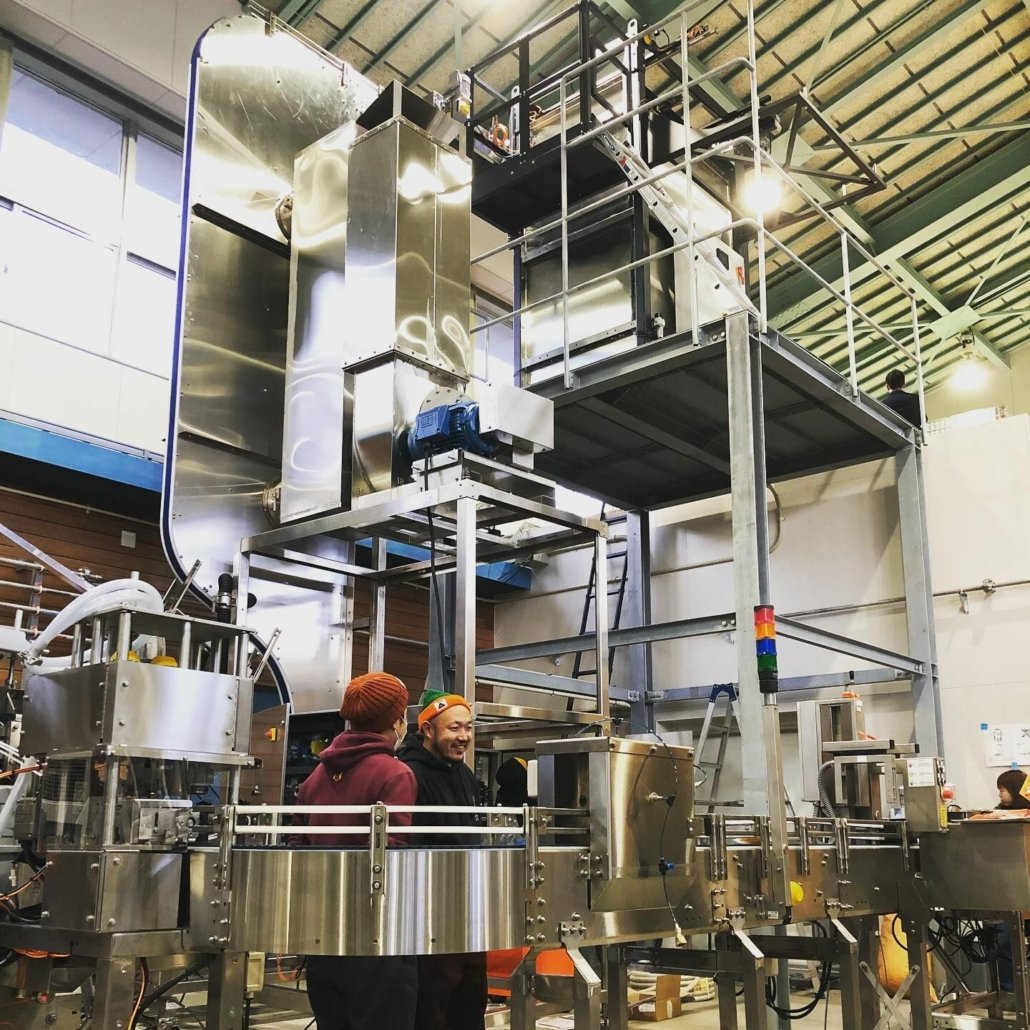
Equipment Guide: Essential Cheap Brewing Equipment
When it comes to brewing equipment, there are a few basics that every homebrewer needs to get started. Below, we break down the essential tools you’ll need, including their functions and price ranges.
Basic Equipment List for Cheap Brewing:
| Equipment | Purpose | Price Range | Notes |
|---|---|---|---|
| Brew Kettle | Boiling wort | $30 – $100 | Aluminum kettles are cheaper but stainless steel is more durable. Look for one with a capacity of at least 5 gallons for small batches. |
| Fermenter | Vessel for fermentation | $20 – $50 | Plastic buckets are affordable and widely used. Glass carboys are more expensive but offer better oxygen resistance. |
| Airlock | Releases CO2 during fermentation | $2 – $10 | A simple but necessary device. Can be reused for future brews. |
| Thermometer | Temperature monitoring | $5 – $20 | Essential for precise brewing, particularly during mashing and fermentation. |
| Hydrometer | Measures gravity of the beer | $10 – $20 | Helps in determining the alcohol content and tracking fermentation progress. |
| Siphon | Transfers liquid between vessels | $10 – $15 | Used to transfer the beer without disturbing sediment. |
| Bottles & Caps | Storing finished beer | $15 – $40 | Bottles can be recycled from store-bought beer, and caps can be bought in bulk for affordability. |
| Capper | Sealing bottle caps | $10 – $25 | A handheld capper is affordable and durable for long-term use. |
The Brewing Process with Cheap Brewing Equipment
While brewing beer may seem complicated, the basic steps are straightforward, especially with the right equipment. Here’s a detailed look at the brewing process using affordable tools.
- Mashing: This is where the malted barley is soaked in hot water to release sugars. A simple brew kettle can handle this task. Keep a thermometer handy to ensure the water temperature is correct (around 150°F to 155°F).
- Boiling: After mashing, the wort is boiled, and hops are added. A large, inexpensive kettle is essential at this stage. It’s best to use a stainless-steel kettle for durability, though aluminum can work if you’re on a tight budget.
- Cooling: Once the wort is boiled, it needs to be cooled quickly to prevent bacterial contamination. An ice bath or an affordable immersion chiller can be used to cool the wort.
- Fermentation: The wort is transferred to a fermenter where yeast is added. This is where the magic happens—sugar is converted into alcohol. Cheap plastic fermenters with airlocks work perfectly for this stage.
- Bottling: After fermentation is complete, the beer is siphoned into bottles. Using affordable bottles and a capper, you can seal your beer for carbonation.
- Conditioning: Bottles are stored for a few weeks for carbonation. The process is the same regardless of the price of your equipment, so even budget-friendly gear will give you great results.
Cheap Brewing Equipment: Capacity, Space, Design, and Customization
Choosing the right brewing equipment involves more than just picking the cheapest option. It’s important to consider the space you have available, the capacity of your equipment, and the potential for customization.
| Factor | Consideration | Notes |
|---|---|---|
| Capacity | Homebrewers typically brew in 1-gallon to 5-gallon batches. For beginners, a 5-gallon setup is standard, offering a good balance between effort and yield. | Larger kettles may be more expensive, but they allow for more flexibility in batch sizes. |
| Space | Brewing can take up significant space. Make sure you have room for both your equipment and the storage of ingredients and bottles. | Consider portable options if you have limited space, such as smaller kettles and collapsible fermenters. |
| Design | Brewing equipment comes in a variety of designs, from basic plastic fermenters to more aesthetically pleasing glass carboys. | While design doesn’t affect the brewing process, it’s worth considering if you plan to leave the equipment out in view. |
| Customization | Some brewing setups allow for customization, such as adding extra taps or ports to your fermenter. This can be a cost-effective way to upgrade without buying new equipment. | Consider starting with a basic kit and adding parts as you become more experienced. |
Suppliers and Price Ranges of Cheap Brewing Equipment
Where you buy your equipment can make a huge difference in terms of price and quality. Many online stores and local suppliers offer affordable brewing kits, but it’s important to compare before making a purchase.
| Supplier | Equipment Type | Price Range | Notes |
|---|---|---|---|
| Amazon | Full kits, individual tools | $50 – $200 | A wide selection of brewing kits, often at discounted prices. Be sure to read reviews to ensure the quality of cheaper kits. |
| MoreBeer! | Individual tools, full kits | $30 – $150 | Known for good customer service and reasonable prices. Their basic kits are ideal for beginners. |
| Homebrew Supply | Full brewing kits, ingredients | $60 – $180 | Offers complete kits with everything you need to get started, including ingredients. |
| eBay | Used brewing equipment | $20 – $100 | A great option for finding cheap, second-hand equipment. Just make sure to buy from a reputable seller. |
| Local Brew Stores | Individual items | Varies | Local shops often offer competitive prices and the benefit of in-person advice, which can help in making the right choice. |
Installation, Operation, and Maintenance of Cheap Brewing Equipment
While brewing beer might seem complex, most of the equipment is fairly simple to install and operate. However, maintenance is key to ensuring that your equipment lasts a long time and continues to perform well.
| Step | Description | Tips |
|---|---|---|
| Installation | Most brewing equipment, like kettles and fermenters, require minimal installation. Simply set them up on a flat surface and ensure they are properly sanitized. | Always clean and sanitize your equipment before first use. This is critical to avoiding contamination in the brewing process. |
| Operation | Brewing equipment is operated manually, with tasks like boiling, siphoning, and bottling requiring hands-on involvement. | Ensure you follow the recommended brewing times and temperatures to get the best results from your setup. |
| Maintenance | Regular cleaning and sanitization are essential, especially for fermenters and bottles. | Invest in a good cleaning solution and a bottle brush. Keeping your equipment clean will extend its lifespan and prevent off-flavors in beer. |
How to Choose a Supplier for Cheap Brewing Equipment
Selecting a supplier for brewing equipment can have a big impact on your overall experience, from the quality of the products to the customer service you receive. Here are a few tips to help you choose the right supplier.
| Factor | Consideration | Notes |
|---|---|---|
| Price | Compare prices across different suppliers to ensure you’re getting the best deal. | Don’t be tempted to buy the cheapest option if the reviews are bad—quality matters, even for budget equipment. |
| Reputation | Look for suppliers with strong customer reviews and a reputation for providing quality products. | Sites like Amazon and eBay offer customer reviews, which can help you gauge the quality of the products being sold. |
| Customer Support | Choose suppliers who offer good customer service, particularly if you’re buying from a small business or lesser-known brand. | Having access to helpful advice can be invaluable, especially when you’re new to homebrewing. |
| Return Policy | Make sure the supplier has a reasonable return policy in case any equipment arrives damaged or doesn’t meet your expectations. | Check the fine print on return policies, especially for used or discounted equipment. |
| Shipping | Some suppliers offer free or discounted shipping, which can save you a lot of money on bulky items like fermenters and kettles. | Look for suppliers who offer reasonable shipping costs, particularly for large or heavy items like kettles and fermenters. |
Advantages and Limitations of Cheap Brewing Equipment
It’s important to understand the pros and cons of using cheap brewing equipment. While affordability is a major benefit, there are some potential drawbacks to consider as well.
| Advantage | Limitation |
|---|---|
| Affordability | The biggest advantage is cost. Cheap brewing equipment allows you to get started without a large investment. |
| Beginner-Friendly | Many cheap brewing kits are designed for beginners, making them easy to use and understand. |
| Flexibility | You can often upgrade your setup over time, adding more advanced tools as you become more experienced. |
| Durability Issues | Some cheap equipment, particularly plastic fermenters, may not last as long as higher-end options. |
| Limited Capacity | Budget equipment often has smaller capacities, which might limit your batch sizes. |
| Basic Features | Cheaper equipment may lack advanced features, such as temperature control or multiple taps for kegs. |
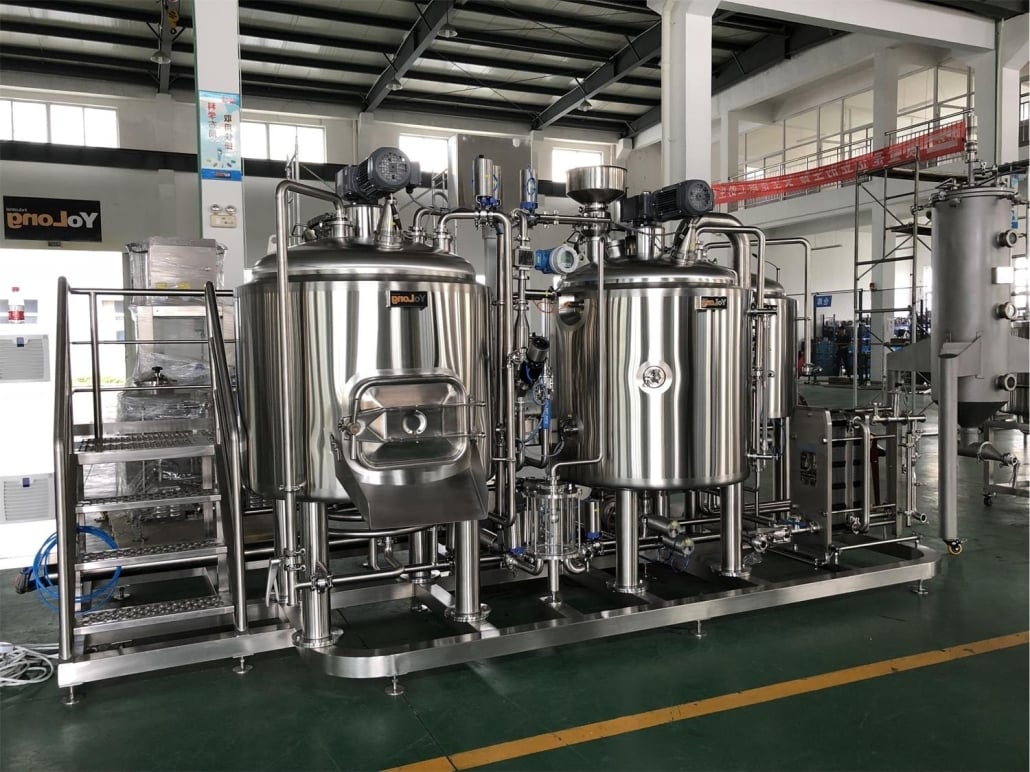
FAQ
| Question | Answer |
|---|---|
| Can I make quality beer with cheap equipment? | Absolutely! With the right process and ingredients, you can brew high-quality beer even with affordable equipment. |
| What’s the most important equipment for beginners? | The fermenter is critical, as it’s where the fermentation magic happens. A sturdy fermenter and airlock are essential for successful brewing. |
| How long does cheap brewing equipment last? | With proper care and maintenance, cheap brewing equipment can last for many years, though plastic fermenters may need to be replaced sooner. |
| Is glass or plastic better for fermenting? | Glass is more durable and resistant to oxygen, but plastic is more affordable and lightweight. Both can produce excellent beer. |
| Can I upgrade my equipment later on? | Yes! Many brewers start with cheap equipment and gradually invest in upgrades as they gain more experience and confidence. |



